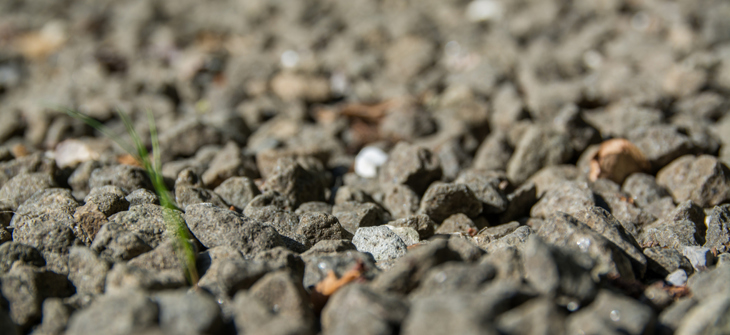
A Few Thoughts on Backfill Material Selection
After having successfully completed a new professional development hour (PDH) article for Informed Infrastructure on the topic of buried culverts and service life, I was struck by the complexity of what may seem, at first blush, to be a relatively straightforward project. Specifically – the importance of the backfill material selection process.
Not only are there various product material considerations and various methodologies that can be employed to accomplish the same end goal, but there are about ten times as many ways to accomplish these things. Some end in success. Others do not.
I think the key to any successful construction project is a careful assessment of what is needed. Many times, we simply go with what is on the standard specifications without really delving into the details. Identifying the actual structural and hydraulic needs of a culvert, for instance, and understanding what is truly needed can provide a basis to properly select and install the right solution without excess cost, time and poor product selection.
No less important is the importance of the backfill material selected when designing to extend the service life of a buried structure. The primary purpose of backfill is to provide support for the flexible structure, but it can also be used as an effective drainage system. A free draining backfill can assure that a consistent source of rinsing occurs, to remove any chlorides or other corrosive elements that are carried to the structure’s surface either through surface water or runoff.
That said, take time to review the plans and develop an intelligent strategy up front. I’ve included the link to the PDH article mentioned above if you’re curious Practical Design Considerations that can Extend the Service Life of a Buried Bridge and Culvert Structures.
